Description
An electrical control panel is a combination of electrical devices which use electrical power to control the various mechanical functions of industrial equipment or machinery. An electrical control panel includes two main categories: panel structure and electrical components.
The structure of an electrical control panel is a combination of an enclosure and a back panel, similar to a breaker box in a home or office.
Eight types of electrical components exist within an electrical panel enclosure which defines and organize the several different functions carried out by the panel. These components include:
Main circuit breaker. This is like the disconnect of the main electrical panel leading into a home or office. Main circuit breakers handle between 120V–480V in most industrial applications.
Surge arresters. This component prevents lightning strikes or utility power surges from damaging the electrical components inside the panel due to overvoltage.
Transformers. Depending on the incoming voltage, transformers may reduce voltage to 120V for various components or step down the voltage to 24V in instances where incoming power is 120V.
Terminal blocks. These blocks help to organize and distribute the array of wires coming from various sources to different electrical devices.
Programmable Logic Controller (PLC). This is essentially a CPU contained inside the control panel. This unit is the brains of the control panel, providing monitoring and control of the various mechanical processes. It will include various inputs and outputs to and from mechanized functions of the production equipment.
Relays and contactors. These on/off switches control mechanized functions based on commands from the PLC. Smaller relays control functions like lights and fans. Larger relays called contacts, control more advanced functions like motors.
Network switches. The communication hub of the control panel, network switches facilitate communication between the PLC and the various network compatible devices on the production line.
Human Machine Interface (HMI). These components allow an operator to monitor or control certain functions of the machinery. Common HMIs include video monitors, joysticks, buttons, switches, and keyboards.
Application
Electrical control panels are essential for industrial automation. They provide higher-level monitoring and control of the various functions of production machinery, allowing manufacturers to define, organize, and meet production objectives.
Technical Docs
Please feel free to contact us for any inquiries regarding this product. We can supply all brands, models/ types depending with your requirements.
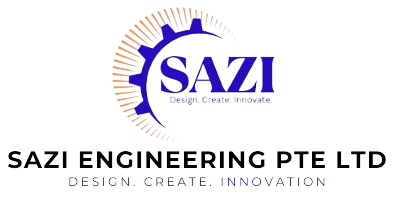

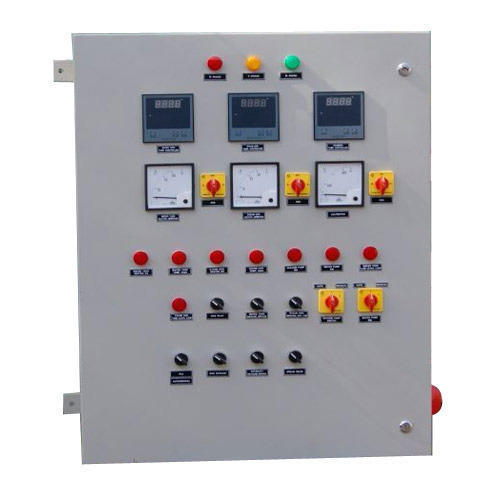



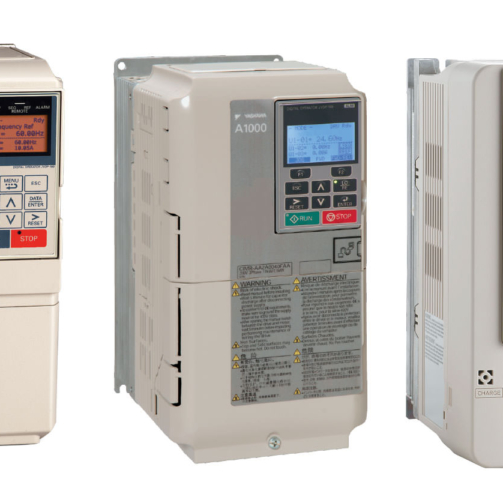
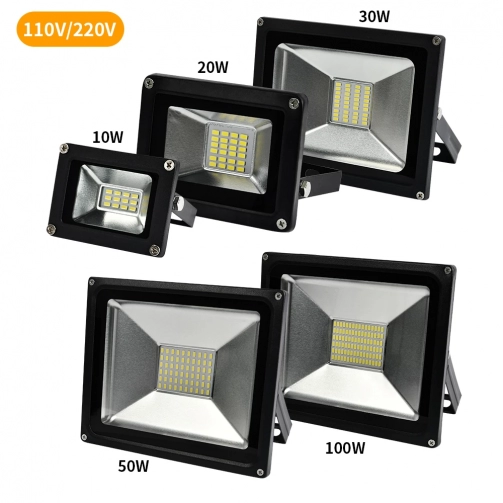
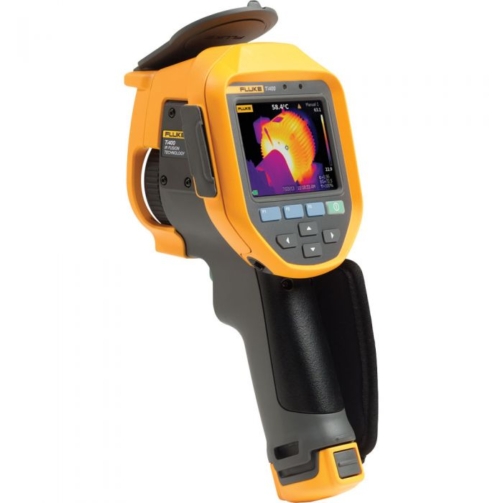
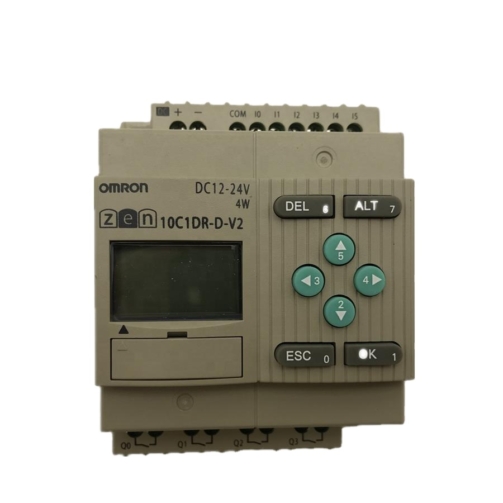
Reviews
There are no reviews yet.